“A 12-bowl outdoor meal that almost every death anniversary in the West has”, the video with a short description posted on social media recently has attracted hundreds of thousands of interactions.
Below the post, many netizens expressed surprise at the special meal. But when they learned the meaning behind this “no guest in sight” meal, everyone was extremely moved.
“This is a soldier's meal - dedicated to the soldiers who sacrificed for the country's independence, peace and happiness of the people”, My Duyen (born 2003) - the owner of the video shared.
The feast never sees guests but is full of delicious dishes
My Duyen said that every time there is an important death anniversary or ceremony of the year, her family in Dong Thap (former Tien Giang province) prepares a soldier's meal.
This meal must be served on a large table, placed solemnly on the porch or on the threshold with more bowls and chopsticks than a normal meal.
Depending on the conditions and beliefs of each family, people can display different amounts of bowls and chopsticks, but the most common is 12 bowls, symbolizing a platoon of 12 people.
Each bowl will come with a pair of chopsticks, placed neatly above or beside, showing respect and solemnity.
“People say soldiers sacrifice a lot, and love each other so they often gather in large numbers. That’s why families often put out many bowls and chopsticks.
The feast was served on a large table, placed solemnly in front of the door, outside the porch because the people thought that the soldiers were afraid to enter the house, so the feast was displayed there for convenience," Duyen revealed.
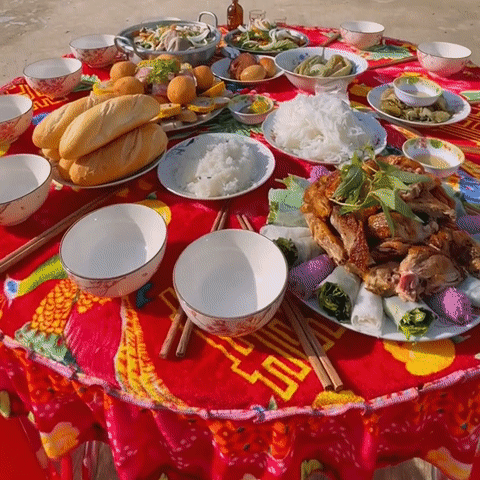
Not only displaying many bowls and chopsticks, people in the West also prepare a variety of delicious dishes, ensuring that the soldiers' meals are always full and neat.
Each meal tray will include about 10-12 dishes, including appetizers, main courses, and desserts. Duyen said that the appetizer in a Western death anniversary is usually long hoi (a plate of fried dumplings, spring rolls, spring rolls, etc.).
The main dishes are very diverse, from roast pork, roast duck served with rice vermicelli, bread to fried fish wrapped in rice paper, steamed shrimp with coconut water, beefsteak, beef stew, hot pot, etc.
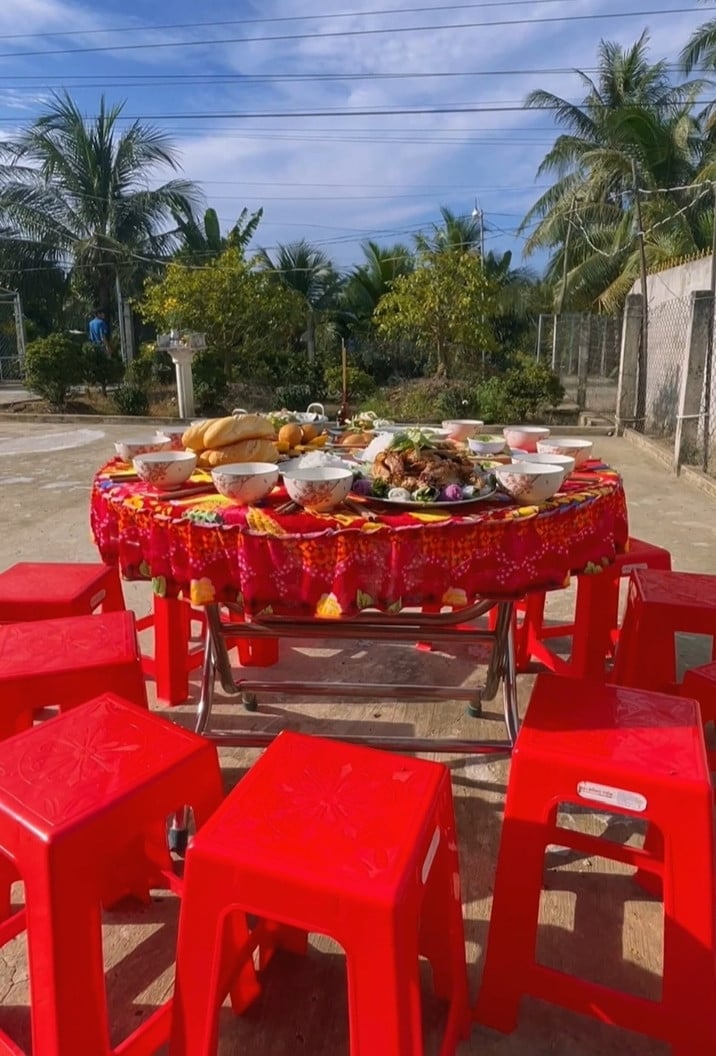 | 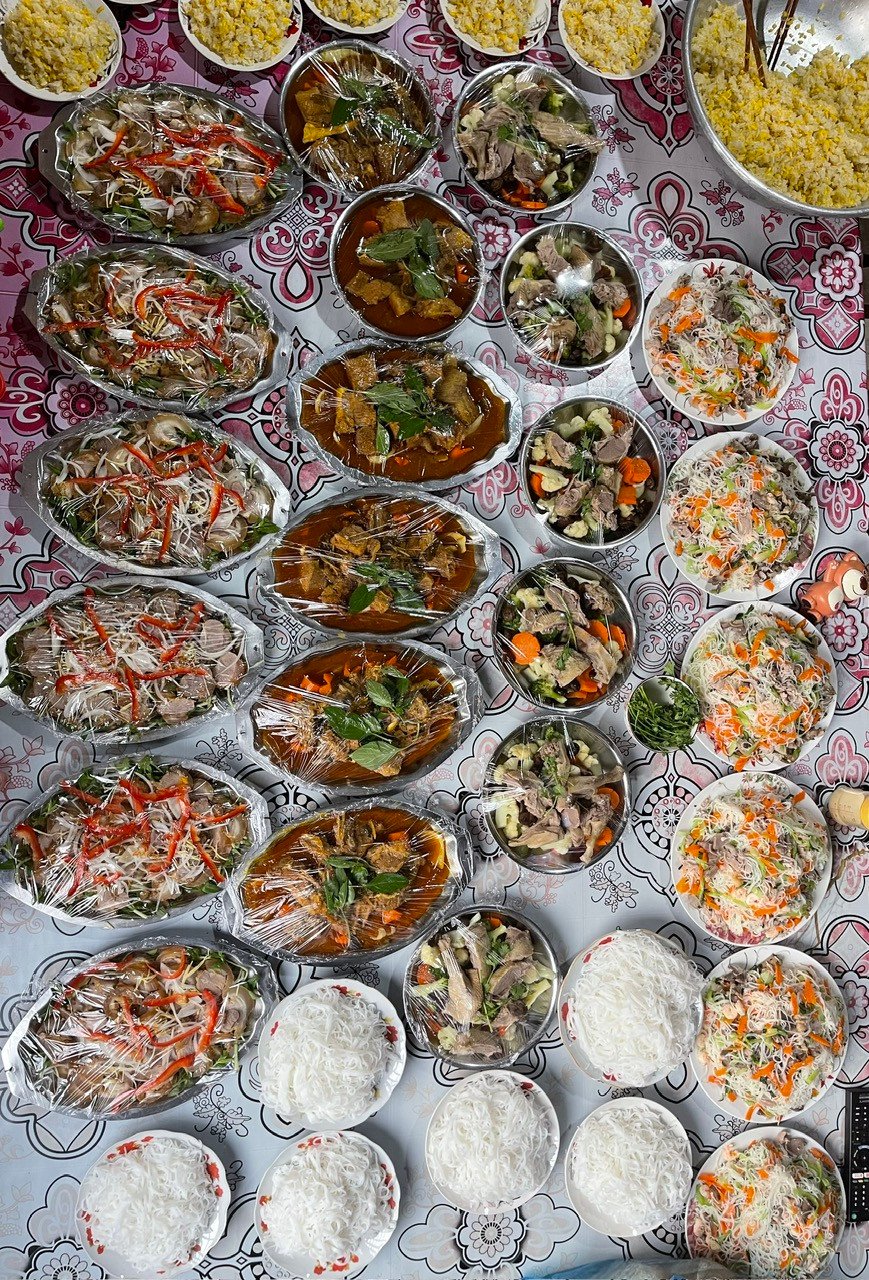 |
Depending on each family, people can prepare additional dishes such as stir-fried noodles, porridge, seafood, etc. Finally, there is dessert, usually fruit or jelly.
“In my family, on death anniversaries, the women and aunts also wrap banh tet or banh it, steam them, and offer them to our grandparents, ancestors, and soldiers.
When making offerings, people also put plastic bags on the tray with the concept that 'the earthly life is like the afterlife', so grandparents, ancestors or soldiers who come to the party have bags to bring cakes home," Duyen said.
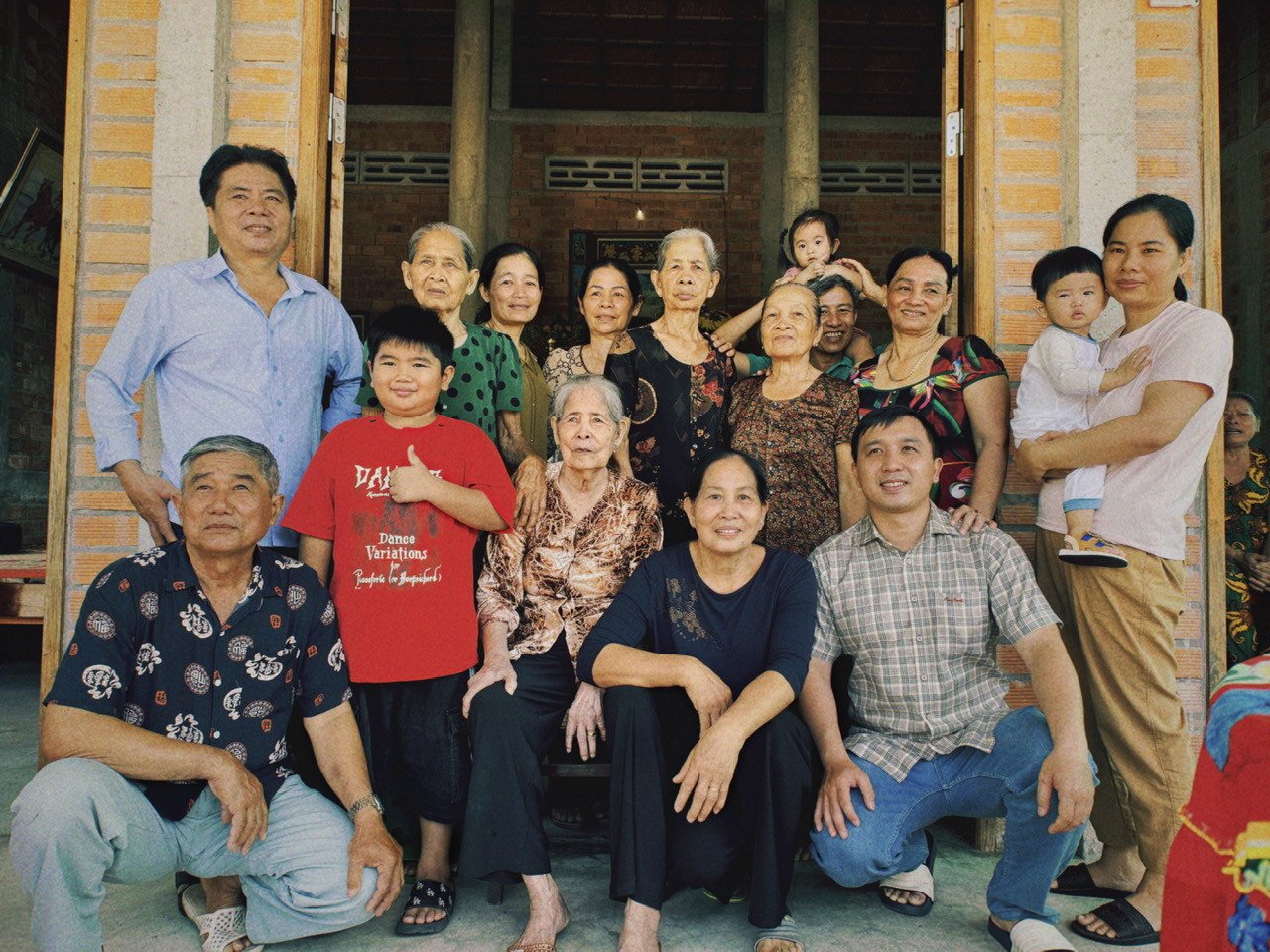
The girl also expressed that, in the death anniversary in the West, the members of the extended family also prepare ingredients together and cook the dishes to serve on the feast.
This is not only an occasion for relatives to visit each other, increase the connection between generations but also to show respect through delicious dishes, remembering the deceased.
In addition to the familiar dishes that often appear in death anniversaries, many families in the West, when preparing a soldier's meal, also add a bowl of salt, a bowl of rice, or offerings such as candles, flowers, fruits, etc.
“Not only does it carry a unique cultural and spiritual feature, the soldier's meal in the Western region's death anniversary is also associated with the filial piety and gratitude of every Vietnamese person to the generations of ancestors who fell for the independence of the Fatherland.
At the same time, educate children about the morality of drinking water and remembering its source, a good tradition of the nation," the young girl expressed.
Photo, video: My Duyen
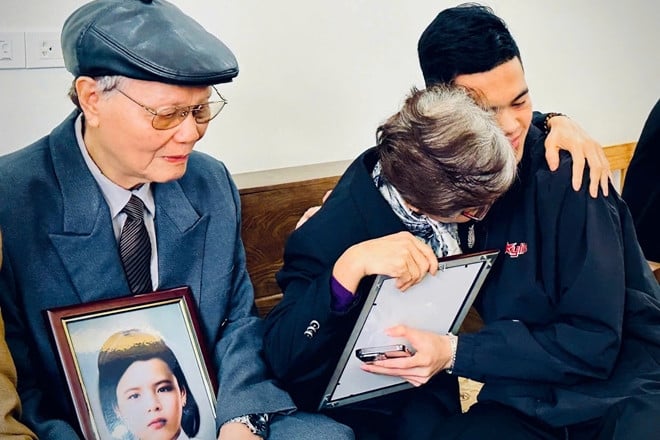
Source: https://vietnamnet.vn/mam-co-mien-tay-bay-du-mon-nhung-vang-nguoi-ngoi-biet-ly-do-ai-cung-xuc-dong-2422213.html


![[Photo] Urgently help people soon have a place to live and stabilize their lives](/_next/image?url=https%3A%2F%2Fvphoto.vietnam.vn%2Fthumb%2F1200x675%2Fvietnam%2Fresource%2FIMAGE%2F2025%2F12%2F09%2F1765248230297_c-jpg.webp&w=3840&q=75)







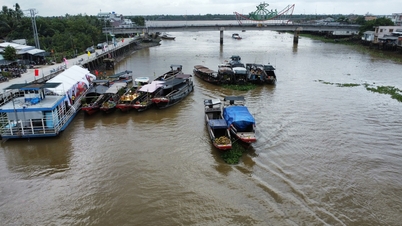

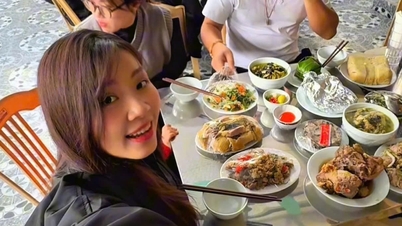
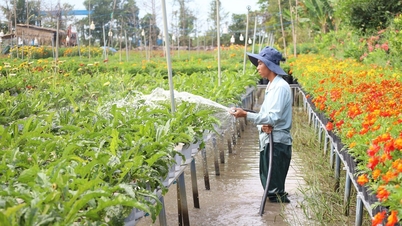
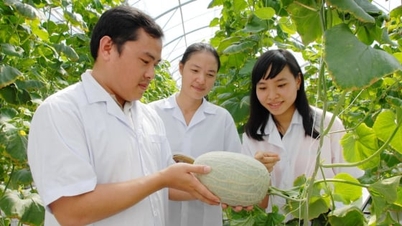

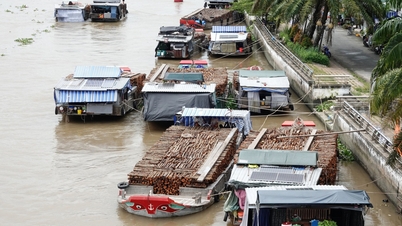
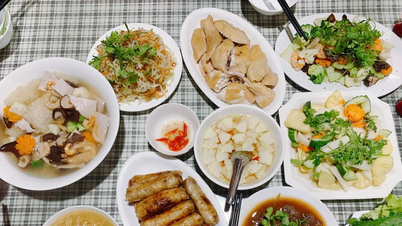



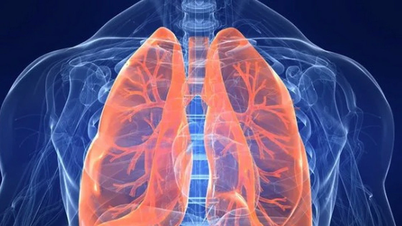
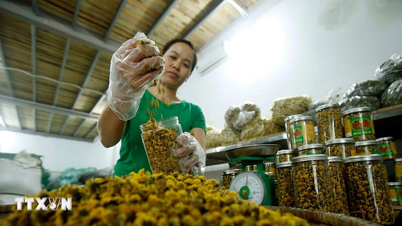
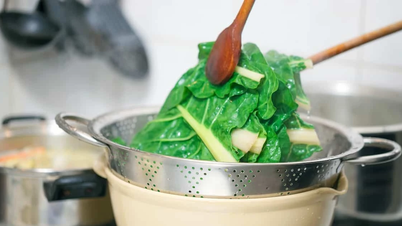
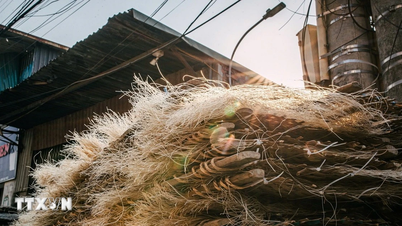


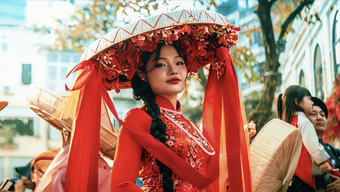


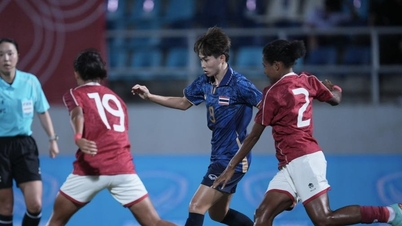

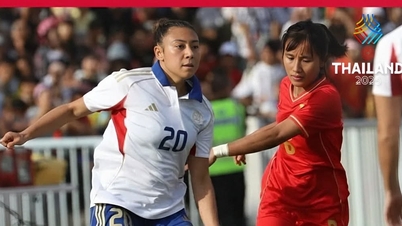

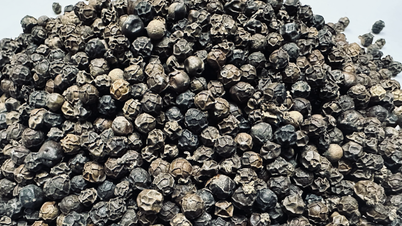

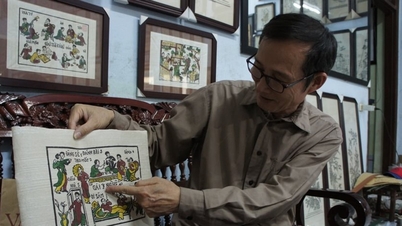

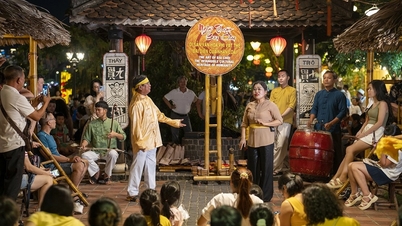




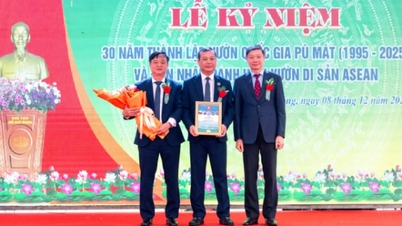



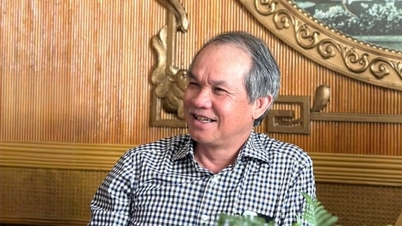


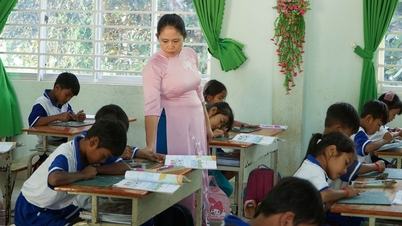

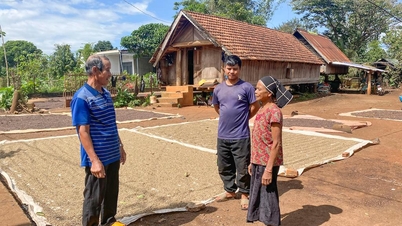












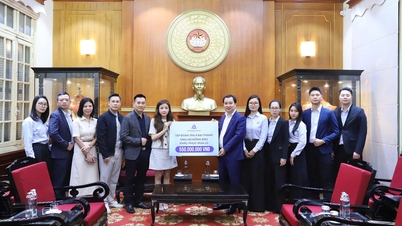

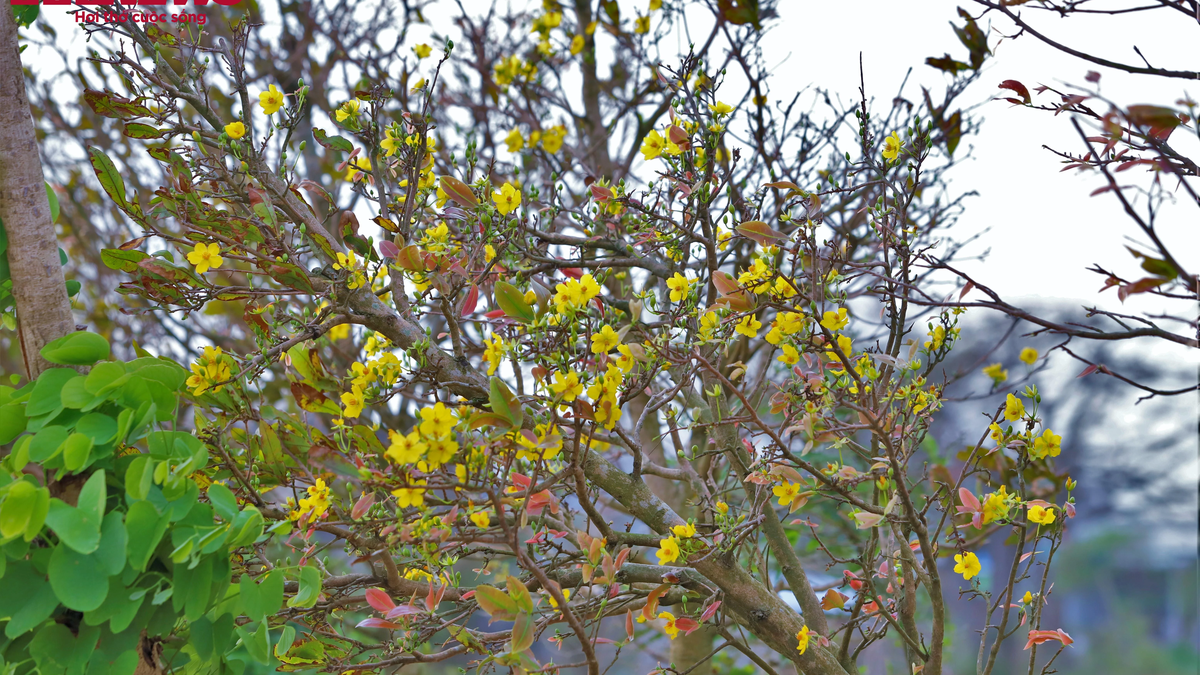
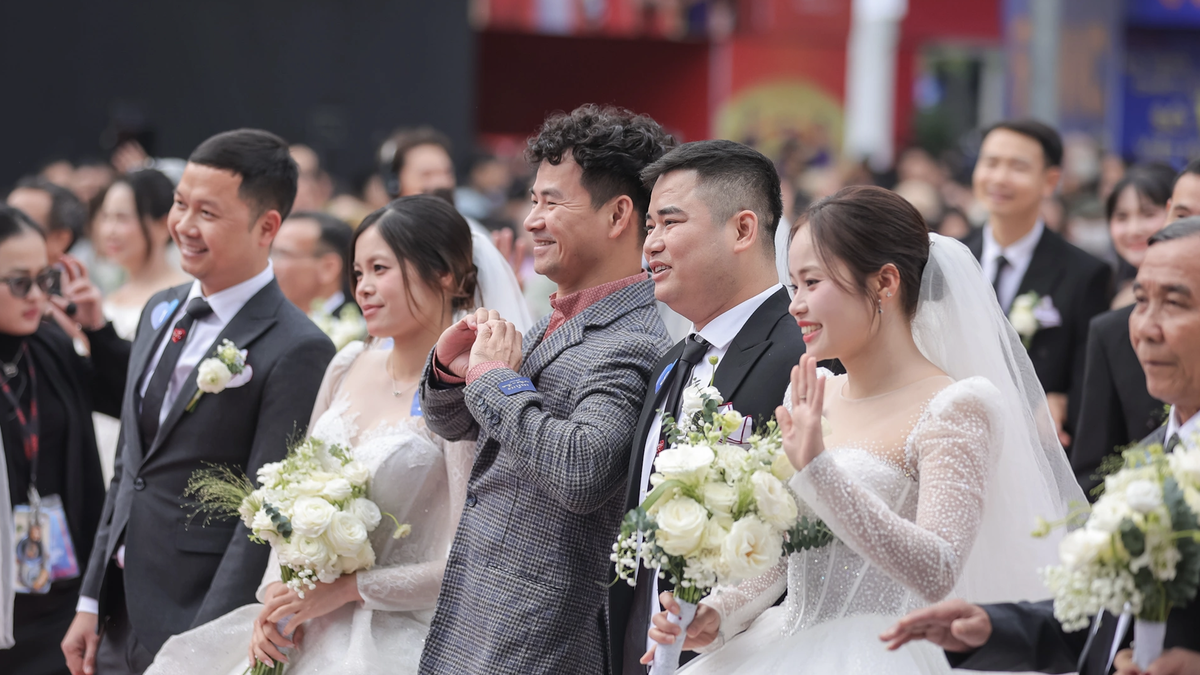






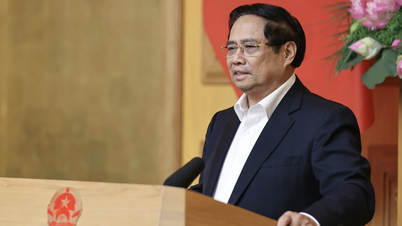



![[Photo] General Secretary To Lam works with the Standing Committees of the 14th Party Congress Subcommittees](https://vphoto.vietnam.vn/thumb/402x226/vietnam/resource/IMAGE/2025/12/09/1765265023554_image.jpeg)
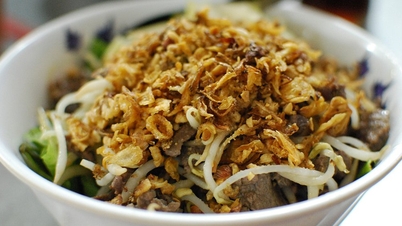

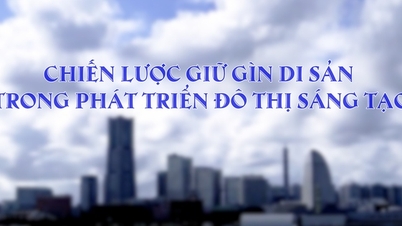

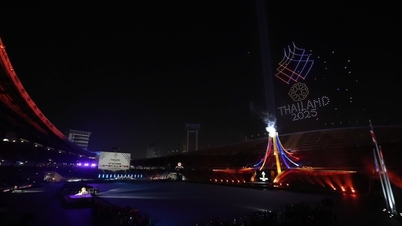





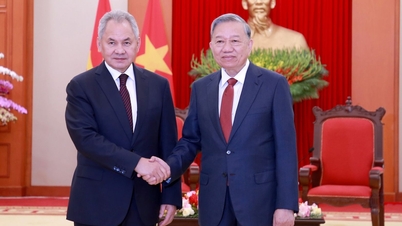
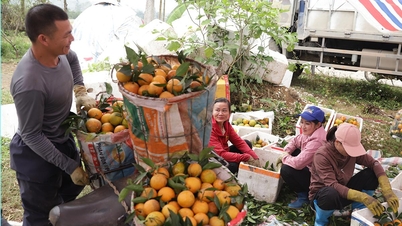





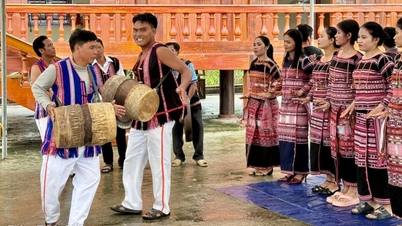
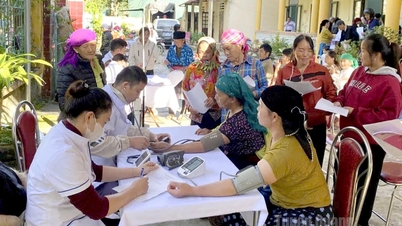
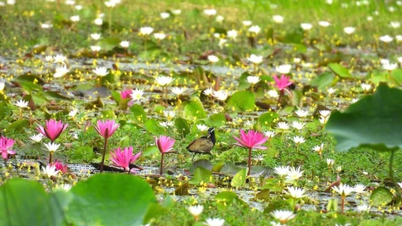









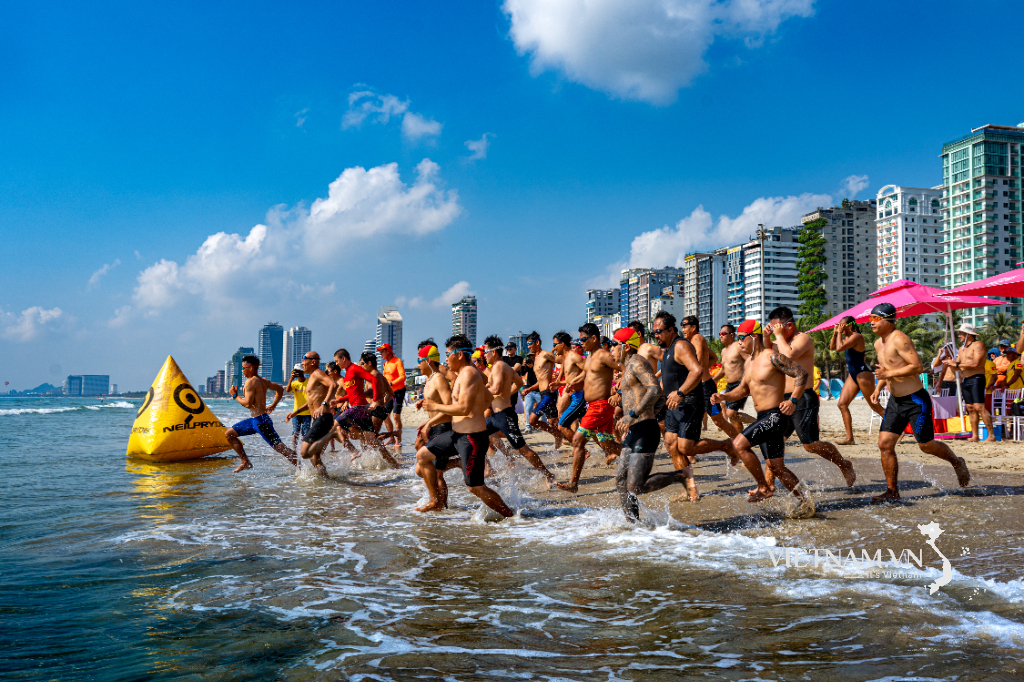







Comment (0)